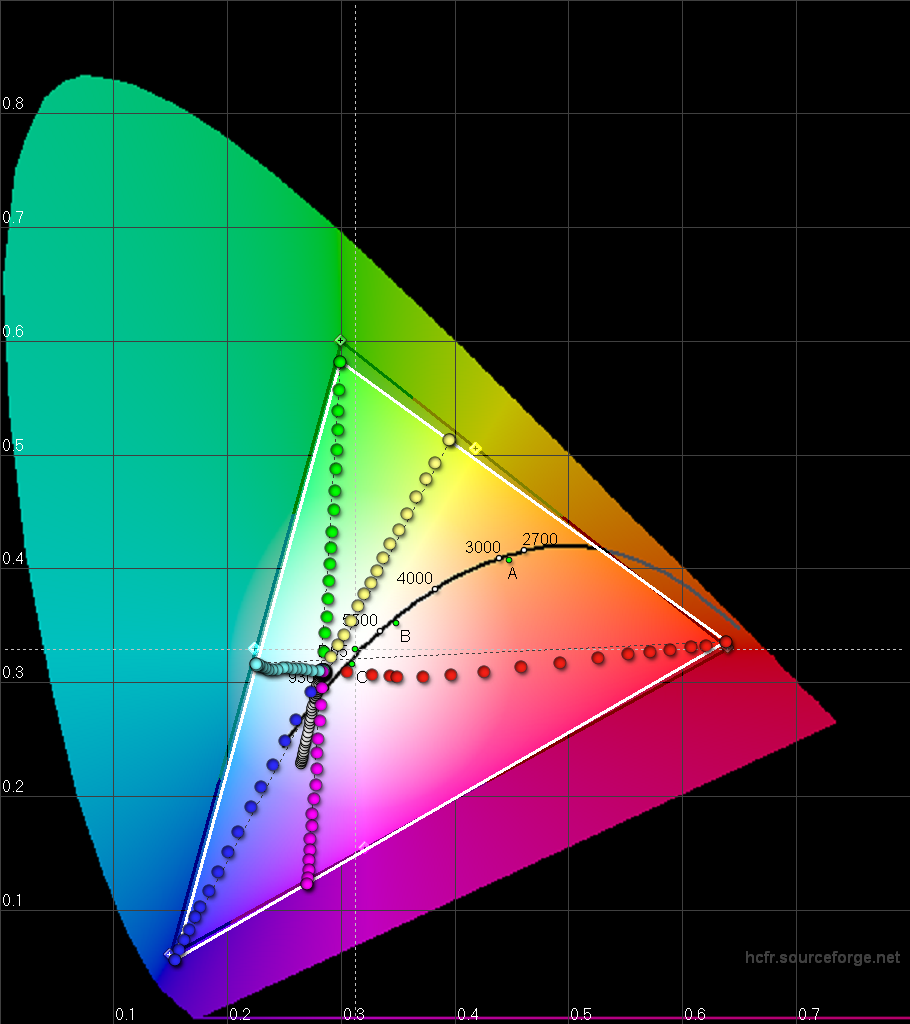First of all let's establish something:
Declaring that a SoC "overheats" makes no sense today.
For several years, every single high-end/midrange SoC "overheats" during sustained usage and the only reason why the devices we use daily hopefully are not self-destructing and burning our hands is because of thermal management throttling the frequencies and voltages based on the actual temperature measured on the CPU, GPU, board and battery.
This is the role of power management and thermal management.
Now when the 810 overheating story came out initially, it was from Korean sources and linked to Samsung.
The first thing I thought then is that it was rather obviously a communication strategy to promote Samsung's 14nm incoming competing product.
Then after watching +Michael Fisher's videos about LG's G Flex 2: https://youtu.be/dkwsPf6KvR0, performance or optimization issues appeared more credible.
Then after playing with each Snapdragon 810 devices during #MWC15 , I mostly changed my mind on the subject:
– The demonstrated G Flex 2 performance was stunningly poor both on performance and UI smoothness
– The demonstrated Sony Xperia Z4 Tablet was even worse, being simply unable to run Android 5.0 system UI and launcher without massive dropped frames.
– The demonstrated HTC One M9 appearing not as fast nor as smooth as its M8 predecessor: dropping some frames when scrolling in Settings app, an UX regression impression increased by a higher touch latency.
So while I never bought the overheating rumor itself, since #MWC15 I concluded that it was likely that the Snapdragon 810 platform, both hardware and software at that time was suffering either from:
1/ noticeably poor performance tuning / frequency governor / power management optimization.
2/ a definite design issue, 4 A57 cores + 4 A53 + Adreon 430 GPU package on the same 20nm process leading to a power efficiency that's not good enough for satisfying performances in a smartphone.
1/ appearing a lot more likely than 2/
So while I still think that the overheating rumor was originated from an intent to promote as superior Samsung 14nm SoC, I also concede that Qualcomm made some damage by not communicating transparently enough on the fact their 810 platform power management and performance optimization was, or is still very much a work in progress.
Showcasing the LG G Flex 2 as proof the 810 had no issue was not the best choice.
We shall learn more about the Snapdragon 810 real world experience with the incoming HTC One M9 review, very soon.
The M9 review units have received a system update just a few days ago and hopefully it contains the latest and greatest Qualcomm tuning.
via +Stig-Ørjan Smelror via +Carlos-Cristian Radan
#supercurioBlog #critic

What is behind the fake Qualcomm Snapdragon 810 overheating rumors? – SemiAccurate
SemiAccurate has been following a massive FUD campaign for a few months and the rabbit hole has lead to some interesting places.
Source post on Google+




